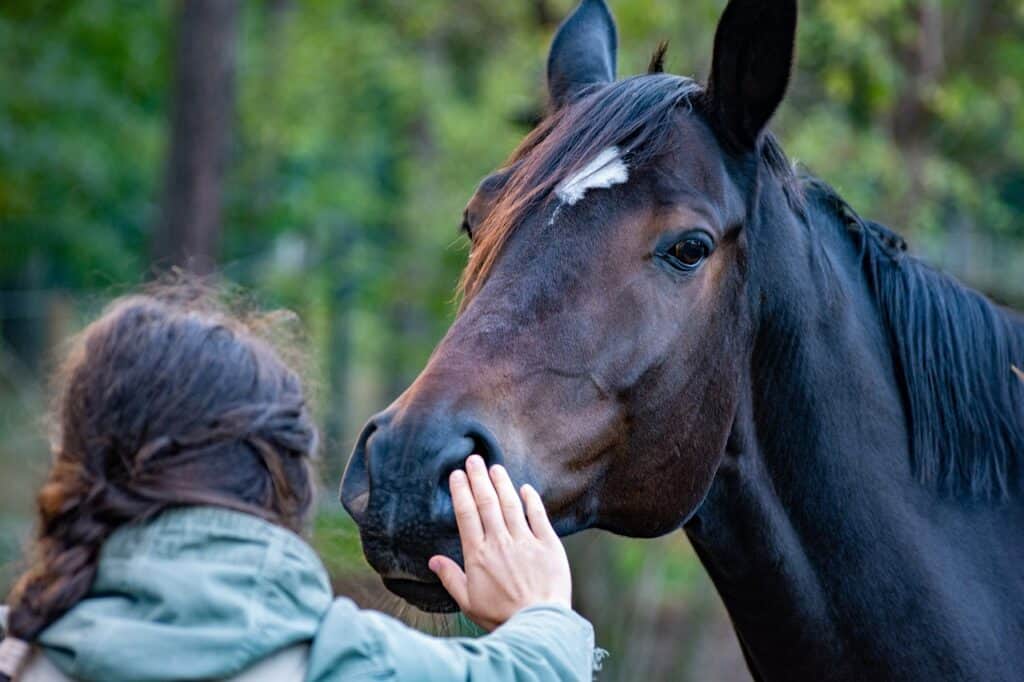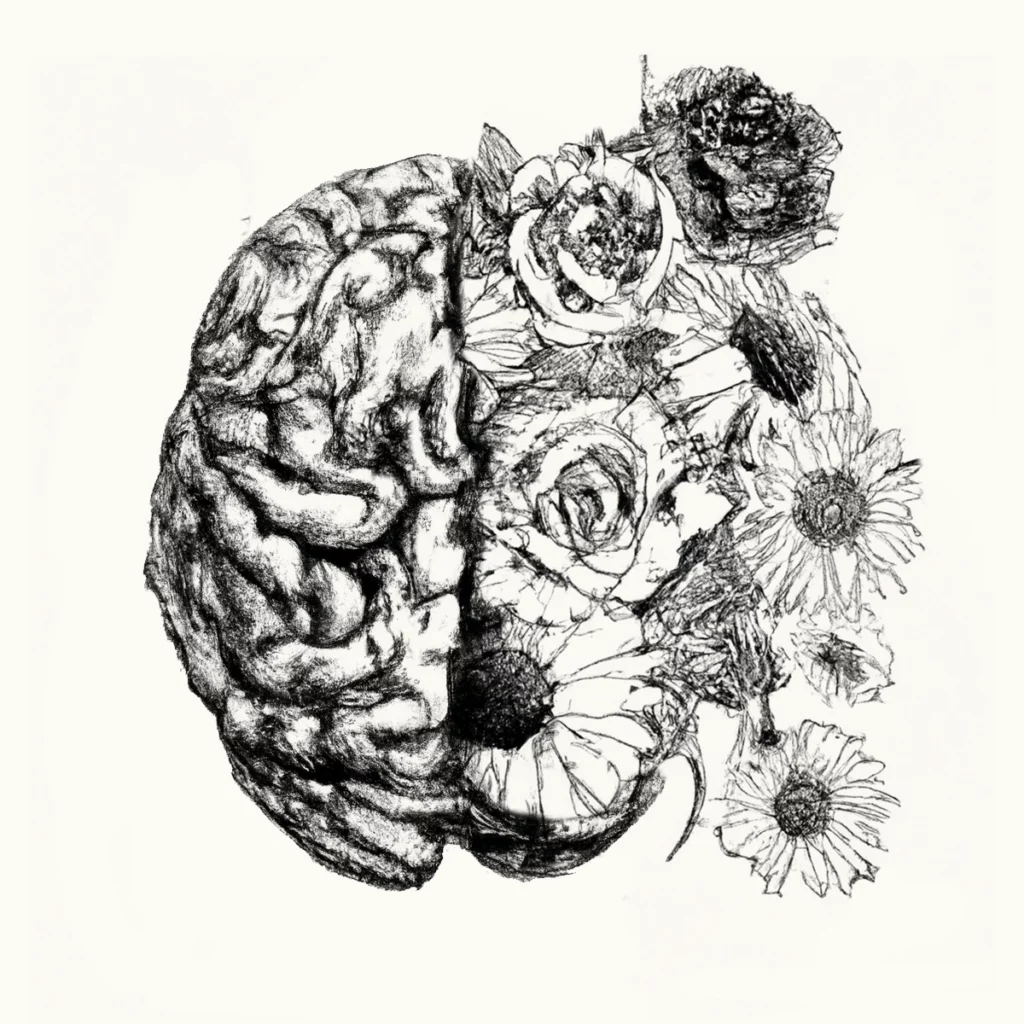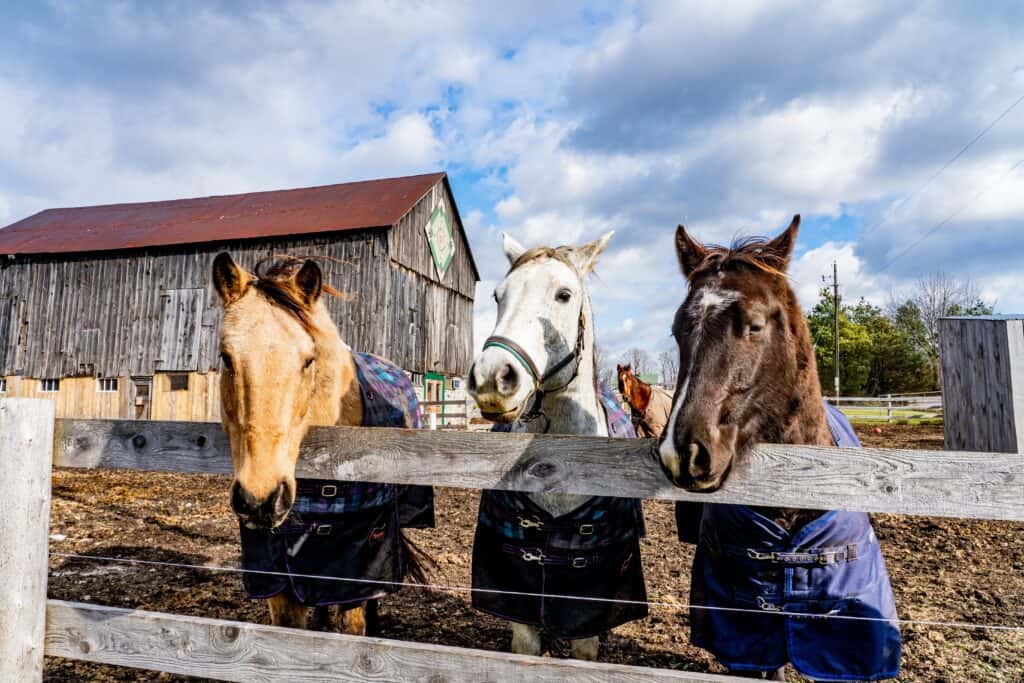What does it mean to be “held” by another? Perhaps you immediately think of the “external” experience of being held, to have one’s physical self held by the other, to be supported in the external, tangible world. But, it is also the experience of one’s internal experience being held by “other,” for that other in the external world, also to be present to our internal world, to be attuned to our emotional state, to be acknowledged, or as Stephen Cope beautifully describes ‘to feel felt’ that our systems need, in fact, always needed as we grew from our childhood into adulthood.
Our brain’s continuing neurodevelopment and ever-increasing capacity to process our emotions depend on our parents’ attunement to our internal emotional states. As children who may have experienced complex trauma, we didn’t have the mental capacity to integrate the traumatic events without external support. In fact, that “other” that would represent our external support in cases of complex trauma is often the source of that very distress. So, our cup runneth over in that we faced an overflowing wide range of emotional distress.
With its limited neurological connections, our child size brain is a very small, almost espresso-sized coffee cup. We couldn’t hold it all if you will. As children, we didn’t even have the brain capacity to process what is felt as being bigger than us, i.e., the “bigness” of the emotions themselves. And, in fact, the distress, the disappointment, and the sense of helplessness were bigger than our capacity to process them back then. Our brain’s capacity, the cup, was small, and with complex trauma, the feelings were big, messy, complicated, and unpredictable.
Our parents’ capacity to “hold” our distress, to be able to attune to us, validate, as opposed to dismiss, but rather co-regulate with us, is what brings us as children back to calm, as opposed to internally shutting down. The repeated wiring of this co-regulation is a building block upon which our systems will grow to be able to tolerate a wide range of emotions, including calm.
It is a key part of our mental health, both in trauma recovery and just the job of being human, that we feel and know, in our bones, that our emotions will come in, flow through us, and pass through like a wave. In contrast, if the external world of our childhood shuts down our internal states, dismissed, ignored, or invalidated, the lack of feeling felt, or perhaps the hit or miss feeling impacts our abilities “even though we have grown up.” We can’t tolerate the feelings within ourselves throughout our development, least of all when we get in contact with traumatic material in our present-day life.
When we grow up, our brain has a greater capacity to hold our emotional distress, a larger capacity for processing, and a deeper neuro-network of resources. Essentially, instead of an “espresso” size cup, our brain capacity is of a larger cup that is sturdier, can hold more, and can contain it all. And, while the emotions from our childhoods may seem bigger than we are, and the cup may seem unable to hold it, we can. Unfortunately, while it feels true that we can’t fully know, hold, or contain the distress, we actually do.
To distract ourselves from it, we have used dissociation to experience it as less distressing. We must first heal the dissociation, the non-realization before we can fully process it. We have to really fully know, in our bones, at a gut level, that we are fully an adult, processing that which is memory, and that the distress, the disturbance, while it may feel bigger than us, is, in fact, not. We really do have a larger capacity to hold and process the disturbance. But, with the help of strategies that help to maintain the non-realization, we can find ourselves having to catch up with ourselves.




